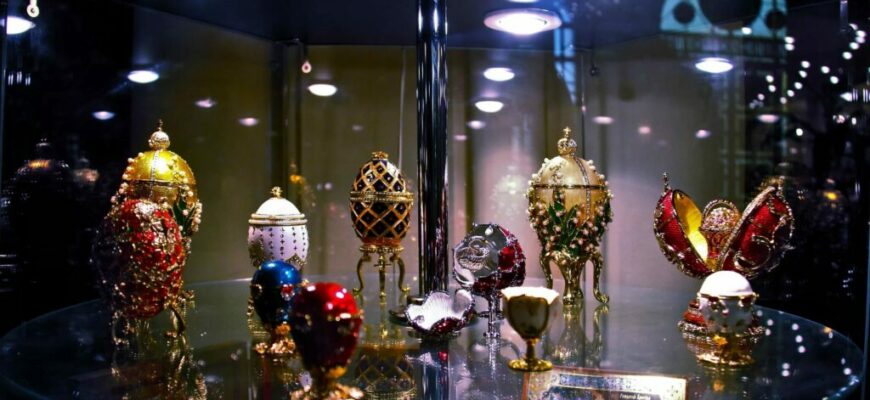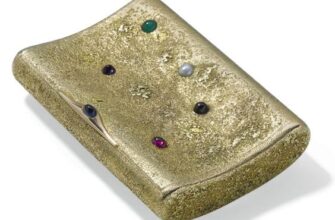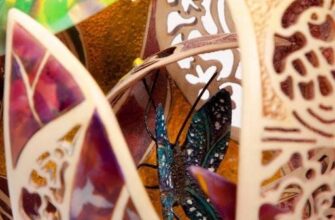The most interesting facts about Fabergé that will reveal the brand for you from a new side. The Fabergé jewelry house is known all over the world for its Easter products, which were produced in the Russian Empire in the middle of the 19th century. However, the history of the brand is much more fascinating and interesting than you might imagine.
1. From Favry to Fabergé
The Fabergé family began its existence in the 17th century, it happened in France. True, then its members bore the surname Favry and belonged to the Protestant faith. It was this fact that influenced the modification of the surname to Fabrier and the family's escape from France.
2. Jewelry master
Of all the representatives of the family, only one person was seriously interested in jewelry art. His name was Gustav Faberge. He was not a hereditary jeweler and at first knew absolutely nothing in this area. At the age of 16, he came to Russia to learn the basics of jewelry making, and by 1841, when he was already 27, he had become a full-fledged specialist.
3. Foundation of the brand
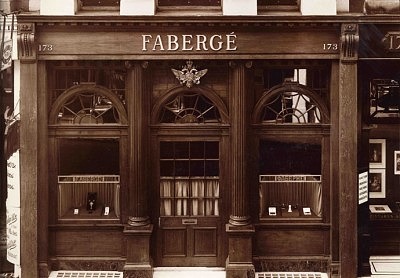
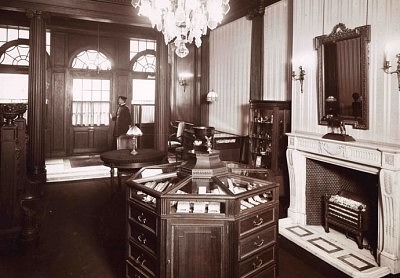
The year of foundation of the brand is considered to be 1842. He became the key to the further development of the Fabergé name. During this period, Gustav Fabergé opens a jewelry store in one of the most prestigious districts of St. Petersburg.
4. Jewelry journey
On May 30, 1846, Gustav Fabergé had a son, Peter Carl Fabergé, who later made the jewelry house famous with his masterpieces. And he succeeded thanks to an incredible trip around the world. At the age of 18, the young Fabergé went on a cruise to learn the secrets and techniques of jewelry used around the world at that time. He absorbed information like a sponge absorbs water, and thanks to this, by the age of 26 he had already become a venerable jeweler.
5. Homecoming
Gustav Fabergé migrated from Russia when Peter Fabergé was 14 years old, but the thoughts of the Motherland still did not leave the young man. And so, when Carl gained enough experience, he decided to return to his native country. It happened in 1872, and 10 years later the young man became the head of the family business.
6. Family ties
One of the sons of Carl Fabergé, Agathon, also chose the path of jewelry, deciding to follow in his father's footsteps. In 1882 he was awarded the title of Master of Jewelry. However, he did not devote his whole life to jewelry. Having emigrated to Finland due to revolutionary persecution, he spent the rest of his life very modestly and lived by selling his collection of stamps.
7. Royal jeweler
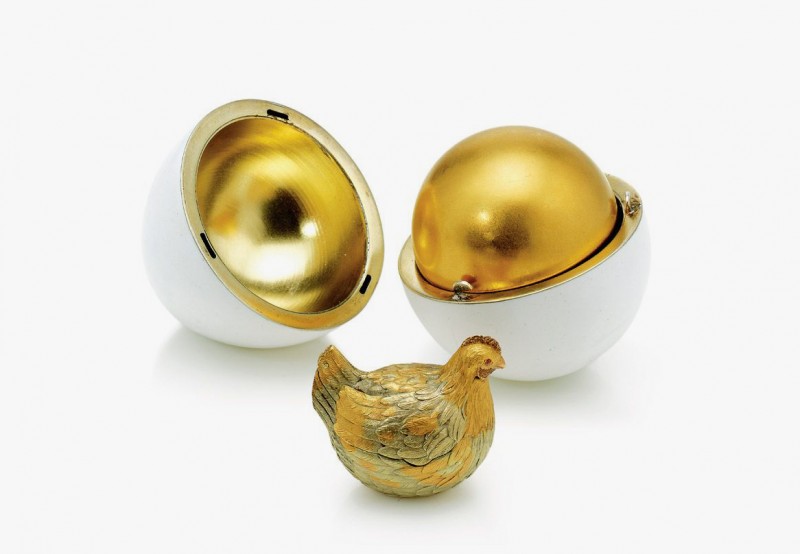
The official cooperation between Carl Fabergé and the imperial family began in 1885, when Alexander III, admiring the mastery of the jeweler, placed his first order. The emperor wanted to make a pleasant surprise for his wife, and ordered to make a precious Easter egg that would remind Maria Feodorovna of her homeland.
The result exceeded all expectations, and then it was decided to make such souvenirs every year, and even several pieces a year. Thus, 54 Fabergé eggs, each with its own unique design.
8 Fabergé Eggs
In total, the Fabergé Jewelry House released 71 eggs, and in 2015 it pleased its fans with another unique specimen. Today, Fabergé eggs are known to be stored in nine countries around the world. The largest number of them is in Russia (25 pieces), a little less - in America (22 pieces), in other countries 1-3 copies are stored. The fate of 11 Fabergé Easter creations is still unknown.
In 2014, an amazing find was announced - one of the long-lost Fabergé imperial eggs was accidentally discovered at a flea market in the United States. The cost of the egg was $33 million.
9. Loud return

After the Soviet Revolution, the House of Fabergé ceased to be one of the most influential in the jewelry market. At one time, two firms worked under the Fabergé brand. She was in America and was engaged in the production of perfumes, and the second was registered by the sons of Carl Fabergé. But both firms wandered from one owner to another.
It wasn't until 2007 that South African businessman Brian Gilbertson bought out all the rights to the Fabergé name. He set himself the goal of reviving the former glory of the jewelry house. Today, the brand has received a new life and is actively involved in the global jewelry life.
10. Film about Faberge
The extraordinary works of Fabergé were inspired by British director Patrick Mark. Together with the Arts Alliance, he made a feature-length documentary about Fabergé eggs. The film is unique in that in the process of making the film, the film crew was admitted to the rarest collections of surviving masterpieces. They managed to shoot in detail and show in all its splendor. The film was called "Fabergé: A Life of Its Own" and has already won several prestigious film awards.
The House of Fabergé has had its fair share of ups and downs. And, despite this, today the Fabergé brand is alive again, continues to create with renewed vigor and delight fans with beautiful works of jewelry art.
Those wishing to learn more about the history of one of the most significant jewelry brands can visit the unique exhibition of Fabergé eggs, organized by Russian billionaire Viktor Vekselberg at the Shuvalov Palace Museum in St. Petersburg.
